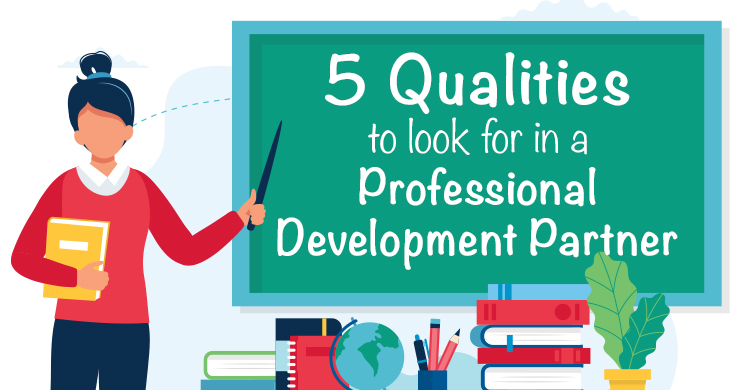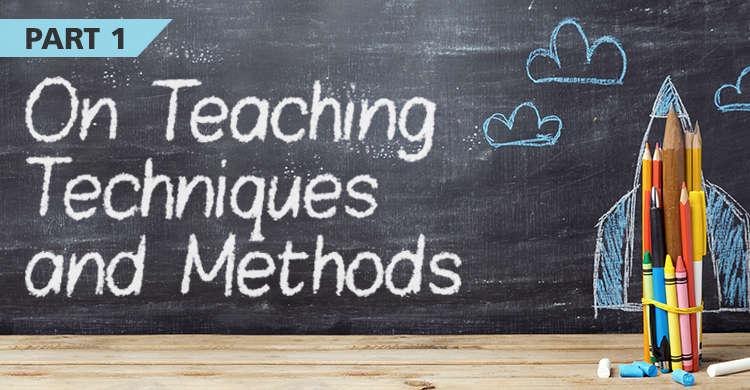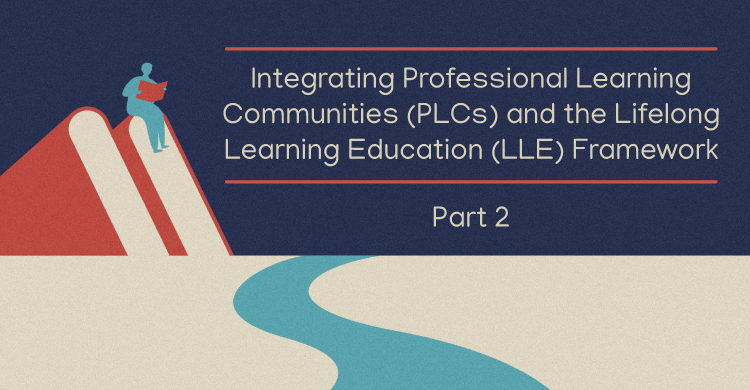Tailoring instruction for students with special needs is often the most challenging instructional demand for collaborative teams to navigate. Teachers want their students to feel successful, yet sometimes they make decisions that are actually detrimental to students, such as lowering text-complexity expectations, or overly-modifying an assignment, task, or assessment to the point that the intended rigor is virtually nonexistent. The majority of students with special needs are capable of much more than that.
According to Michael Yudin (2014), Acting Assistant Secretary for the Office of Special Education and Rehabilitative Services at the U.S. Department of Education, many of the students with special needs across the country leave high school without the knowledge and skills necessary to be successful in the world. In fact, he contends that “fewer than 10 percent of eighth graders with special needs score proficient in reading and mathematics on the National Assessment of Educational Progress (NAEP)” (Yudin, 2014). He claims that this is partly due to the fact that educational opportunities for students with special needs are limited by low expectations for these students. Yudin (2014) urges us to “do better” and “have higher expectations for our [students], and to hold ourselves accountable as a nation for their success.”
To further illustrate this point, let’s consider PLC Question Four: How do we respond when some students already know it? Undoubtedly, there will be students with special needs who will demonstrate deep understanding of some concepts and skills before instruction occurs or very early in a unit. Collaborative teams of general and special educators need to consider the factors that led to the student’s success when he or she demonstrates high levels of proficiency with particular learning targets or curricular concepts, and use that information to guide instruction in other curriculum areas. It is an opportunity to see the special education student through his or her strengths, not just the student’s deficits. According to authors Donald O. Clifton and James K. Harter (2003), “Individuals gain more when they build on their talents than when they make comparable efforts to improve their areas of weakness” (p. 112).
When students spend most of their time in their area of weakness, as most students with special needs do, their skills will likely improve, but this common approach does not always lead to student motivation or high levels of student engagement.
The greatest challenge we face as educators is how to engage the hearts and minds of our students. Focusing on their strengths gives us the opportunity to start seeing special education students in terms of who they are rather than who they are not (Clifton & Anderson, 2002). In his book, Neurodiversity in the Classroom: Strength-Based Strategies to Help Students With Special Needs Succeed in School and Life, Thomas Armstrong (2012) helps us put this in perspective when he asks readers to think about their greatest academic or nonacademic difficulty or limitation in life. He asks them to imagine that [They] have been tested and found in need of support in this area, and that they will then be sent to a special program where they spend most of their time focusing on that area. It does not sound like the best scenario for success, yet this is what many students in special education face on a daily basis. (p. 2)
Instead, he suggests focusing on student strengths as the starting point when helping students with special needs achieve success in school and life. Think about students with special needs as assets instead of liabilities. As Armstrong (2012) notes, If our only knowledge about students with special needs is limited to the negatives in their lives—low test scores, low grades, negative behavior reports, and deficit-oriented diagnostic labels—then our ability to differentiate learning effectively is significantly restricted. (p. 13)
While it is critically important to meet the identified needs of special education students, it is also important to emphasize what students know and can do well. This balance gives us the opportunity to celebrate and build on our students’ strengths. We can begin to ensure that students with special needs receive the type of instruction that will maximize their abilities and strengths and ensure that they are exposed to high-quality, appropriate instruction, reflecting the level of rigor that equips them to succeed.
Resources:
Armstrong, T. (2012). Neurodiversity in the classroom: Strength-based strategies to help students with special needs succeed in school and life. Alexandria, VA: Association for Supervision and Curriculum Development.
Clifton, D. O., & Anderson, E. (2002). StrengthsQuest: Discover and develop your strengths in academics, career, and beyond. Washington, DC: Gallup.
Clifton, D. O., & Harter, J. K. (2003). Investing in strengths. In K. S. Cameron, J. E.
Dutton, & R. E. Quinn (Eds.). Positive organizational scholarship: Foundations of a new discipline (pp. 111–121). San Francisco: Berrett-Koehler.
Yudin, M. (2014). Higher expectations to better outcomes for children with disabilities. Accessed at http://blog.ed.gov/2014/06/higher-expectations-to-better-outcomes-for-children-with-disabilities on December 1, 2015.
[author_bio id=”165″]







I totally agree with the need for educators to focus on student strengths which encourages them to progress and feel belonging to the schools. This is a tough challenge that can be done more effectively through collaboration. The expertise and roles of SLPs providing support for language, literacy and learning needs to be recognized and utilized in the PLC model. A colleague & I presented this topic at the ASHA Schools Conference in July, 2015:
“Improving Support for High School Students through Collaborative Consultation as Participants of PLCs”
Common Core Standards expect ‘students with disabilities must be challenged to excel within the general curriculum. We found working regularly with both RE and SE teachers, using common goals, strategies, and formative assessments resulted in successful student skill improvements and academic gains. We also worked with many RE students who didn’t qualify for SE support but demonstrated deficits or skill gaps with learning. I used every Solution Tree PLC information I learned, and measured the positive impact it makes for students.
I call myself an educator.
Judith Ludwig-Keller, M.S. CCC-SLP
SLP & Special Ed. Dept. Chair